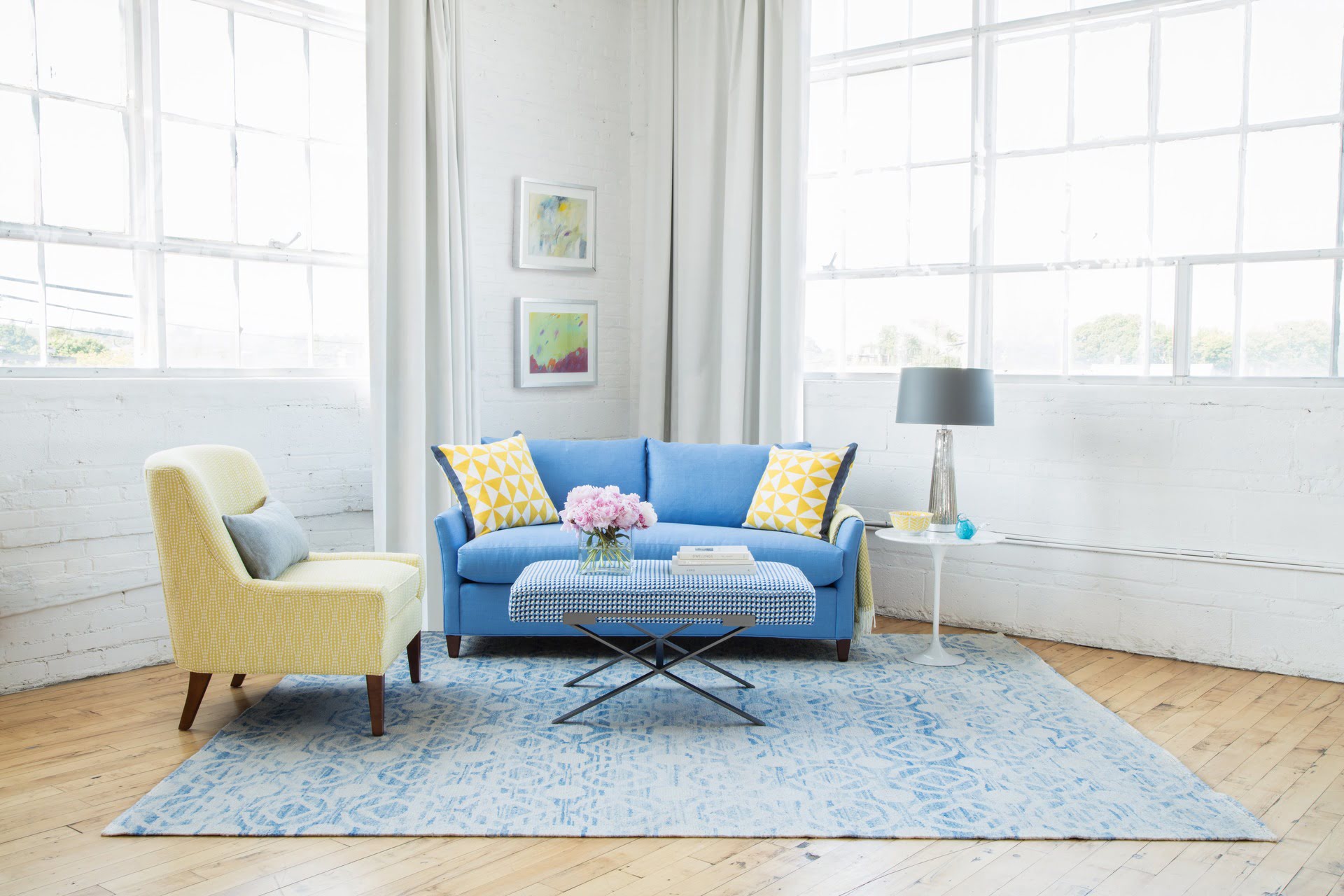

Articles
How To Choose Living Room Furniture
Modified: October 20, 2024
Discover expert tips and advice on choosing the perfect living room furniture from our informative articles. Enhance your decor and create a stylish space.
(Many of the links in this article redirect to a specific reviewed product. Your purchase of these products through affiliate links helps to generate commission for Storables.com, at no extra cost. Learn more)
Introduction
Welcome to the ultimate guide on how to choose living room furniture!Your living room is the heart of your home, a space where you relax, entertain guests, and spend quality time with your loved ones. When it comes to selecting the right furniture for this important area, there are several factors to consider. From style and theme to size and space, comfort and ergonomics to material and durability, functionality and storage to color and upholstery, budget and affordability to maintenance and cleaning – each aspect plays a crucial role in creating a comfortable and inviting living room.
Choosing the right living room furniture is not just about picking what looks good, but also about finding pieces that meet your needs and match your personal style. Whether you prefer a cozy traditional ambiance, a sleek and modern look, or a vibrant eclectic mix, understanding the key elements of furniture selection will help you make informed decisions.
In this comprehensive guide, we will take you step-by-step through the process of choosing living room furniture that not only enhances the aesthetic appeal of your space, but also provides comfort, functionality, and durability. We will explore the various factors to consider, from the overall style and theme, to the size and space available, as well as the importance of comfort, material, functionality, color, and budget. By the end of this guide, you will have the knowledge and confidence to make the best choices for your living room furniture that perfectly suits your lifestyle and preferences.
So, let’s dive right in and discover the key considerations for choosing the perfect living room furniture!
Key Takeaways:
- Choosing living room furniture involves considering style, size, comfort, material, functionality, color, budget, and maintenance. By balancing these factors, you can create a cohesive, functional, and visually appealing living space.
- Prioritize comfort, durability, and functionality when selecting living room furniture. Consider storage options, upholstery, and budget to ensure your furniture meets your needs and enhances your living room’s aesthetic appeal.
Read more: How To Choose A Painting For Living Room
Style and Theme
The style and theme of your living room furniture sets the tone for the entire space. It reflects your personal taste and creates a cohesive look and feel. When choosing the style and theme, consider the overall aesthetic of your home and your individual preferences.
If you prefer a classic and timeless look, opt for furniture with elegant lines, rich wood finishes, and traditional detailing. This style, often referred to as traditional or formal, incorporates elements of intricate carvings, ornate details, and plush fabrics like velvet or brocade.
On the other hand, if you lean towards a more contemporary or modern style, choose furniture with clean lines, sleek silhouettes, and minimalistic designs. This style embraces simplicity, functionality, and utilizes materials like leather, metal, and glass to create a sophisticated and streamlined look.
If you’re a fan of vintage or retro vibes, consider furniture inspired by mid-century modern design. The 1950s and 1960s were characterized by bold colors, geometric patterns, and unique shapes. Look for furniture with tapered legs, organic curves, and vibrant upholstery to create a nostalgic and playful atmosphere.
For those who love an eclectic and bohemian style, mix and match different furniture pieces, patterns, and textures. Embrace a free-spirited approach by combining vintage finds, artisanal crafts, and global influences. This style allows for creativity and self-expression, resulting in a unique and visually stimulating living room.
Ultimately, the style and theme you choose for your living room furniture should reflect your personality and create a space that you and your guests feel comfortable and inspired in. Don’t be afraid to mix and match styles or incorporate elements from different eras to create a truly personalized and eclectic look.
Size and Space
When choosing living room furniture, it is important to consider the size and space available in your living area. The key is to find furniture that fits well proportionally and allows for comfortable movement and functionality.
Start by measuring the dimensions of your living room, including the length, width, and height. Consider any architectural features, such as windows, doors, or columns, that may affect furniture placement. This will help you determine the maximum size of furniture pieces you can accommodate.
Next, create a floor plan or layout to visualize how the furniture will fit in the space. Pay attention to traffic flow and ensure there is enough room to move around without feeling cramped. Leave adequate space between furniture pieces for easy access and to prevent a cluttered look.
If you have a small living room, consider furniture with a compact and space-saving design. Opt for sofas and chairs with sleek profiles and slim arms. Utilize multifunctional furniture, such as ottomans with hidden storage or coffee tables with lift-top features, to maximize functionality without sacrificing space.
For larger living rooms, you have more freedom to incorporate larger furniture pieces. Select a generously sized sofa or sectional that can anchor the space and provide ample seating. Consider creating distinct zones within the room by using furniture arrangements and rugs to define separate areas for conversation, entertainment, or relaxation.
Additionally, take into account the scale of your furniture in relation to the room. Oversized furniture in a small space can make it feel cramped, while tiny furniture in a large room can appear insignificant. Aim for a balanced and harmonious arrangement where each furniture piece complements and harmonizes with the overall scale and size of the room.
Remember, it’s not just about fitting furniture into the room, but also about creating a functional and visually appealing space that allows for comfortable movement and facilitates a cozy and inviting atmosphere.
Comfort and Ergonomics
When choosing living room furniture, comfort should be one of the top priorities. After all, your living room is a place where you want to relax and unwind. Consider the ergonomics of the furniture to ensure maximum comfort and support for you and your guests.
Start with seating options. Whether you opt for a sofa, sectional, or chairs, test them out by sitting on them. Pay attention to the seat depth, cushioning, and back support. Ideally, the seat depth should allow your feet to touch the floor while providing enough space for you to lean back comfortably. The cushioning should be firm enough to offer support, yet soft enough to provide a cozy feel. Back support is crucial for maintaining good posture and reducing discomfort, so look for furniture with properly designed backrests.
In addition, consider the height of the furniture in relation to the average height of users. The seat height should allow for easy sitting and standing without straining. Armrests, if present, should be at a comfortable height to rest your arms and provide support.
Another factor to consider is the quality of the construction and materials used. Quality furniture generally offers better comfort and durability. Look for furniture with sturdy frames, such as hardwood or metal, and high-quality foam or coil spring cushions. This will ensure that the furniture retains its shape and support over time.
Furthermore, consider the placement and arrangement of your furniture. Create a layout that promotes conversation and interaction among guests. Arrange seating in a way that allows for easy eye contact and comfortable communication. Consider adding accent pillows or throws for added comfort and a touch of style.
Lastly, don’t forget about ergonomics in terms of functionality. If you like to recline or put your feet up, consider furniture with features like reclining seats or ottomans. Adjustable headrests, built-in USB ports, or integrated storage compartments can also enhance the overall comfort and functionality of your living room furniture.
Remember, the more comfortable your living room furniture is, the more enjoyable and relaxing your time spent in the space will be. Take the time to test out different options and choose furniture that prioritizes both comfort and ergonomics.
Material and Durability
Choosing the right materials for your living room furniture is crucial for both aesthetic appeal and long-term durability. The materials used will determine how well the furniture holds up over time, as well as how easy it is to maintain.
When it comes to upholstery, consider the durability and ease of cleaning. Fabrics like leather and microfiber are known for their resilience and resistance to stains. They are also easy to clean and maintain. However, if you prefer a softer and more comfortable feel, consider fabrics like cotton or linen. Just keep in mind that they may be more prone to staining and require regular cleaning or the use of stain-resistant treatments.
In terms of frames, opt for materials that are sturdy and durable, such as hardwood or metal. Solid hardwood, like oak or maple, is a popular choice for its strength and longevity. Metal frames, especially those made from stainless steel or aluminum, are known for their durability and resistance to rust and corrosion.
For wooden furniture, pay attention to the type of wood used. Hardwoods like oak, walnut, or teak are highly durable and less prone to damage and wear. Softwoods like pine or cedar are more susceptible to scratches and dents but can still be a viable option if properly treated or finished.
Additionally, consider the construction and craftsmanship of the furniture. Look for details like reinforced corners, double-stitched seams, and quality hardware. These elements are indications of a well-built piece that will withstand regular use and maintain its integrity.
It’s also important to consider the maintenance requirements of the materials used. Some materials may require regular cleaning, conditioning, or treatments to keep them looking their best. Others may be more forgiving and easy to maintain. Consider your lifestyle and the amount of time and effort you are willing to invest in maintaining your furniture.
Lastly, don’t forget to consider the overall aesthetic that the materials bring to your living room. The texture, color, and finish of the materials should complement the style and theme of the space, creating a cohesive and visually pleasing atmosphere.
By choosing furniture with high-quality materials and durable construction, you can ensure that your living room furniture will stand the test of time and remain visually appealing and functional for years to come.
When choosing living room furniture, consider the size of the room, the style you want to achieve, and the functionality of the pieces. Measure the space to ensure the furniture will fit and leave enough room for movement.
Read more: How To Choose A Carpet For Living Room
Functionality and Storage
When choosing living room furniture, it’s important to consider not only the style and comfort but also the functionality it offers. Functionality plays a crucial role in creating a well-organized and efficient living space.
One aspect to consider is the storage options available in the furniture pieces. Look for furniture that incorporates hidden storage compartments or built-in shelves. For example, choose a coffee table with drawers or a lift-top feature to store remote controls, magazines, or other small items. Consider a TV stand or entertainment center with shelves or cabinets to keep media devices, DVDs, and other accessories neatly organized.
Sofas and sectionals with built-in storage or a pull-out bed can be a great option if you frequently have overnight guests. These multipurpose pieces of furniture provide convenient functionality without sacrificing style or comfort.
Another factor to consider is the versatility of the furniture. Look for pieces that can adapt to different needs and preferences. For example, consider a modular sofa that can be rearranged in different configurations to accommodate various seating arrangements. Ottomans can serve as additional seating, footrests, or even as a coffee table when paired with a tray.
Functionality should also be considered in terms of easy maintenance and cleaning. Look for furniture with stain-resistant or easy-to-clean materials. Removable and washable covers for sofas and chairs make it much easier to keep them clean and fresh. Consider furniture with durable finishes that are resistant to scratches and stains.
Think about how you use your living room and what activities you enjoy. If you often work or study in the living area, choose a desk or a multi-purpose table that can serve as a workspace. If you love to entertain, a bar cart or a sideboard with ample storage for glassware and spirits can be a great addition.
Ultimately, furniture with added functionality and storage options will help you maintain a clutter-free and organized living space, making it easier to enjoy and utilize the room to its fullest potential.
Color and Upholstery
The color and upholstery of your living room furniture play a significant role in creating the overall mood and aesthetic appeal of the space. They can set the tone, create visual interest, and tie the elements of your living room together.
When choosing the color palette for your furniture, consider the existing colors in your living room, including the walls, flooring, and other decor elements. Decide whether you want to create a cohesive and harmonious look by selecting furniture in similar tones, or if you prefer to add contrast and make a statement with bold and vibrant colors.
Neutral colors like white, beige, or gray are versatile options that blend well with different design styles and allow you to easily change the accent colors through accessories like pillows or throws. They provide a timeless and sophisticated look while creating a neutral backdrop for other bold elements in the room.
On the other hand, if you want to infuse energy and personality into your living room, consider choosing furniture in bold and vibrant colors. Opt for rich jewel tones, such as emerald green or sapphire blue, to create a luxurious and dramatic feel. Alternatively, select furniture in bright and cheerful colors like yellow or coral, which can add a playful and lively touch to the space.
When it comes to upholstery, consider both the aesthetic and practical aspects. Fabrics like leather, microfiber, or performance fabrics are known for their durability, stain resistance, and ease of cleaning. They can be an excellent option for households with children or pets. However, if you prefer a softer and more luxurious feel, consider fabrics like velvet or chenille. Just keep in mind that these fabrics may require more care and maintenance to keep them looking their best.
Incorporating patterns into your furniture upholstery can add visual interest and personality to your living room. Whether it’s a subtle geometric print or a bold floral pattern, choose a design that complements the overall style and theme of the room. Mix and match patterns within the space to create a dynamic and eclectic look, but be mindful of striking a balance to prevent the room from feeling overwhelming.
Don’t be afraid to experiment and express your personal style through the colors and upholstery of your living room furniture. It’s an opportunity to add a pop of color, showcase your individuality, and create a space that reflects your unique taste and personality.
Budget and Affordability
When it comes to choosing living room furniture, setting and sticking to a budget is essential. Furniture prices can vary greatly, and it’s important to find pieces that not only meet your needs but also fit within your financial constraints.
Start by determining how much you are willing and able to spend on your living room furniture. Consider all the furniture pieces you will need, including sofas, chairs, tables, storage units, and accessories. Setting a budget early on will help you prioritize your purchases and ensure you don’t overspend.
Once you have a budget in mind, begin researching and comparing prices. Visit furniture stores or explore online retailers to get an idea of the price range for the types of furniture you are interested in. Look for sales or promotions that can help you save money without compromising on quality.
Remember that affordability is not solely determined by the upfront cost of the furniture. Consider the long-term value and durability of the pieces. Investing in high-quality, well-constructed furniture may be more expensive initially but can save you money in the long run by lasting for many years without needing to be replaced.
Consider the cost versus value aspect when making decisions. Focus on investing in key pieces that will have the most impact on your living room. For example, a comfortable and durable sofa is worth prioritizing, while accessories like accent pillows or decorative items can be more affordable and easily replaced or updated over time.
Don’t forget to account for additional costs such as delivery or assembly fees. These charges can vary depending on the retailer or location, so be sure to factor them into your budget calculations.
If your budget is limited, consider looking for second-hand or vintage furniture. Thrift stores, consignment shops, or online marketplaces can be a great source of affordable and unique pieces. Just be sure to inspect the items carefully for any damage or wear and ensure they are in good condition.
Remember, it’s important to find a balance between your budget and the quality and aesthetics of the furniture. While it can be tempting to go for the cheapest option, keep in mind that compromising on quality may result in furniture that doesn’t last or provide the desired level of comfort and functionality.
By being mindful of your budget and making informed choices, you can find living room furniture that meets your needs, fits your style, and stays within your financial means.
Maintenance and Cleaning
Maintenance and cleaning are important factors to consider when choosing living room furniture. Proper care and regular maintenance not only enhance the appearance of your furniture but also prolong its lifespan, ensuring that it remains in pristine condition for years to come.
Start by understanding the care instructions provided by the manufacturer. Different materials and finishes require specific cleaning methods and products. Make sure to follow these instructions to avoid damaging the furniture.
Regular dusting is crucial for keeping your furniture looking clean and fresh. Use a soft, lint-free cloth or a microfiber cloth to gently remove dust and debris from the surface of the furniture. Avoid using abrasive materials that could scratch or damage the finish.
For upholstered furniture, it’s important to address spills or stains promptly. Blot the affected area with a clean cloth or paper towel to absorb as much liquid as possible. Avoid rubbing or scrubbing the stain, as it can push it deeper into the fabric. Use a mild detergent or upholstery cleaner specifically recommended for your type of fabric to clean stubborn stains, following the manufacturer’s instructions.
Leather furniture requires special care to maintain its beauty and longevity. Avoid placing leather furniture in direct sunlight, as it can cause fading and drying out. Regularly clean leather furniture with a soft, damp cloth to remove dust and prevent dirt buildup. Conditioning the leather with a leather conditioner or cream can help restore its natural oils and keep it supple.
If your furniture has removable cushion covers or slipcovers, check if they are machine washable. Regularly launder these covers according to the manufacturer’s instructions to keep them clean and fresh. For non-removable cushion covers, consider using fabric protectors or treatment sprays to minimize stains and spills.
In addition to regular cleaning, it’s important to inspect your furniture for any signs of damage or wear. Loose screws, broken springs, or sagging cushions should be addressed promptly to prevent further damage. Contact a professional furniture repair service if needed.
It’s worth considering a regular maintenance schedule to keep your furniture in the best possible condition. Depending on the material, this might include applying protective coatings, such as sealants or wax, to wood surfaces or periodically treating leather furniture with a conditioner.
Lastly, remember that prevention is key to maintaining your furniture. Avoid placing hot items directly on wooden surfaces, use coasters for beverages, and use protective pads or mats under heavy objects to prevent scratches or dents.
By following proper maintenance and cleaning routines, you can ensure that your living room furniture remains clean, attractive, and functional for many years to come.
Read more: How To Organize Furniture In The Living Room
Conclusion
Selecting the right living room furniture is a multi-faceted process that requires careful consideration of various factors. By taking into account style and theme, size and space, comfort and ergonomics, material and durability, functionality and storage, color and upholstery, budget and affordability, and maintenance and cleaning, you can create a living room that is both aesthetically pleasing and highly functional.
Choosing furniture that aligns with your personal style and complements the overall theme of your home allows you to create a cohesive and visually appealing space. Consider the size and layout of your living room to ensure that the furniture you choose fits well and allows for comfortable movement and functionality.
Comfort and ergonomics play a crucial role in creating a welcoming and relaxing environment. Select furniture that provides adequate support and cushioning to ensure optimal comfort for you and your guests. Consider the durability and maintenance requirements of different materials, and choose furniture that will stand the test of time.
Functionality and storage options are essential for keeping your living room organized and clutter-free. Look for furniture pieces that offer hidden storage compartments or multifunctional features to maximize space and enhance functionality.
The color and upholstery choices you make for your furniture can greatly impact the overall mood and aesthetic of your living room. Whether you opt for neutral tones, bold colors, or patterned upholstery, choose options that complement the style and theme of the space, while also considering the practicality of cleaning and maintenance.
Setting a budget and being mindful of your financial constraints will help guide your furniture choices without compromising on quality. Remember to consider not only the upfront cost but also the long-term value and durability of the furniture pieces.
Maintenance and cleaning are essential for preserving the beauty and longevity of your living room furniture. Regular dusting, proper cleaning techniques, and prompt attention to spills or stains can help keep your furniture looking its best. Stay proactive with maintenance, address any damage or wear promptly, and follow the care instructions provided by the manufacturer.
In conclusion, choosing the right living room furniture involves a thoughtful and informed approach. By considering all the key factors, you can create a living room that is a perfect reflection of your style, meets your functional needs, and provides a comfortable and inviting space for everyday living and entertaining.
Frequently Asked Questions about How To Choose Living Room Furniture
Was this page helpful?
At Storables.com, we guarantee accurate and reliable information. Our content, validated by Expert Board Contributors, is crafted following stringent Editorial Policies. We're committed to providing you with well-researched, expert-backed insights for all your informational needs.
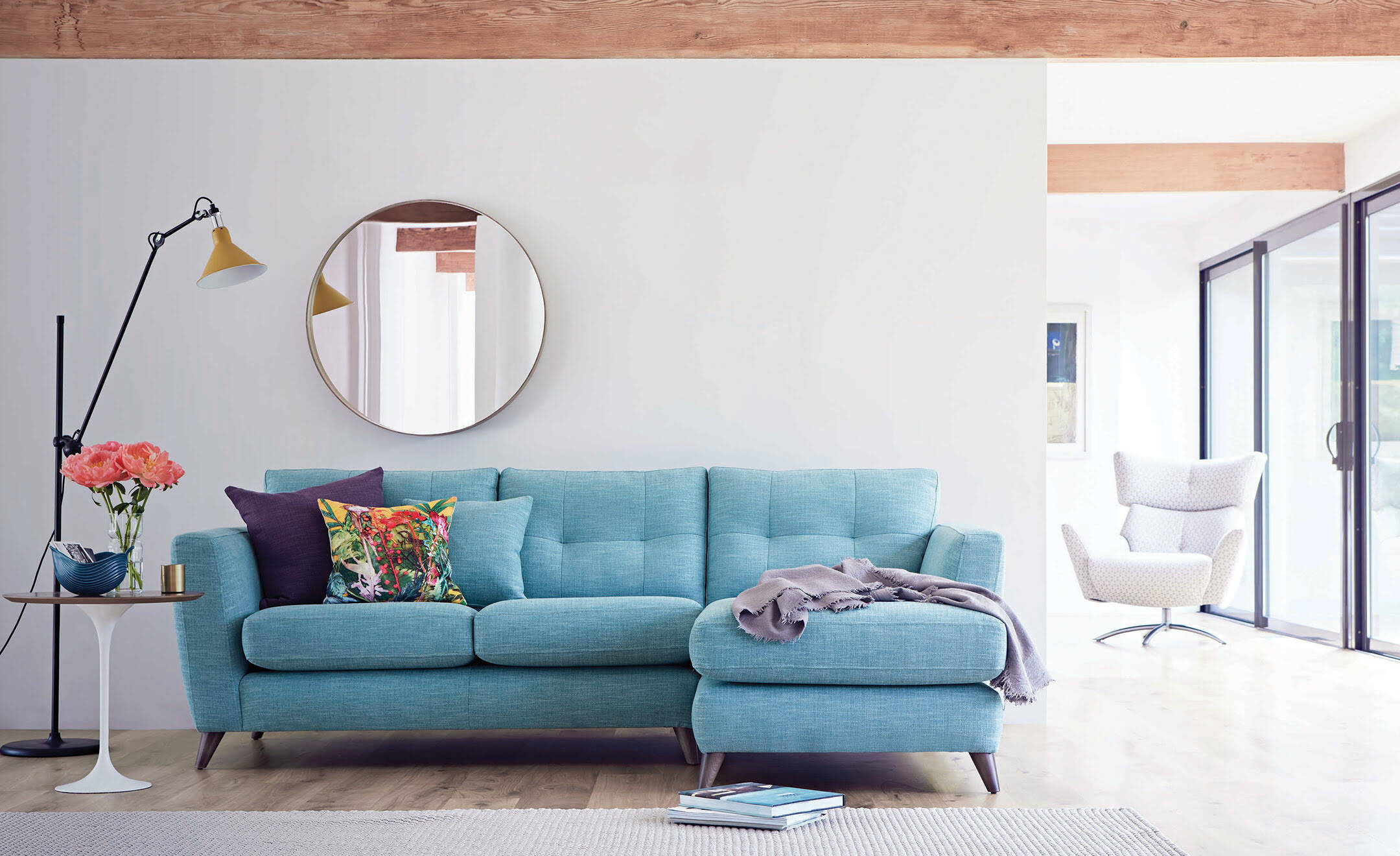
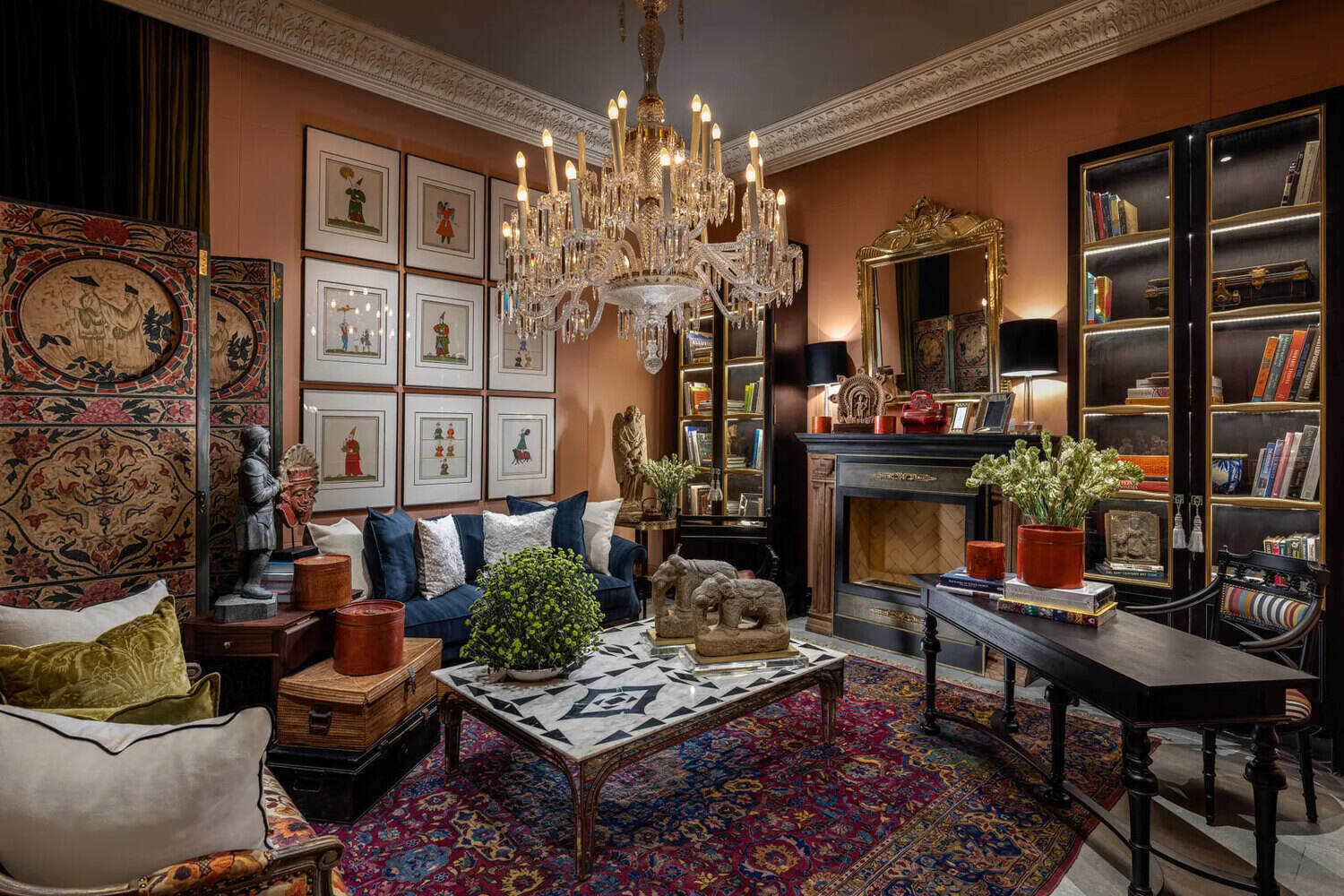
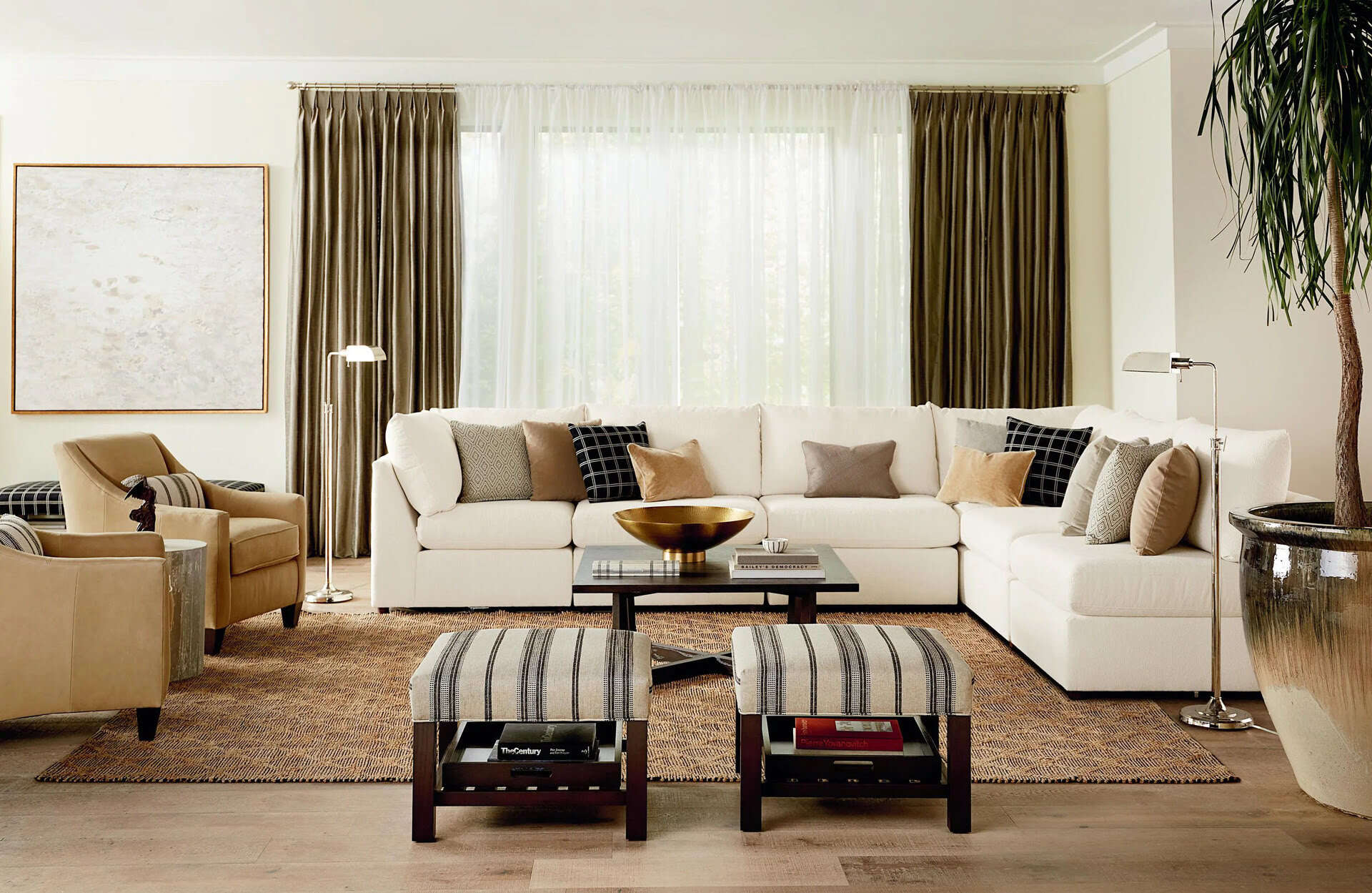
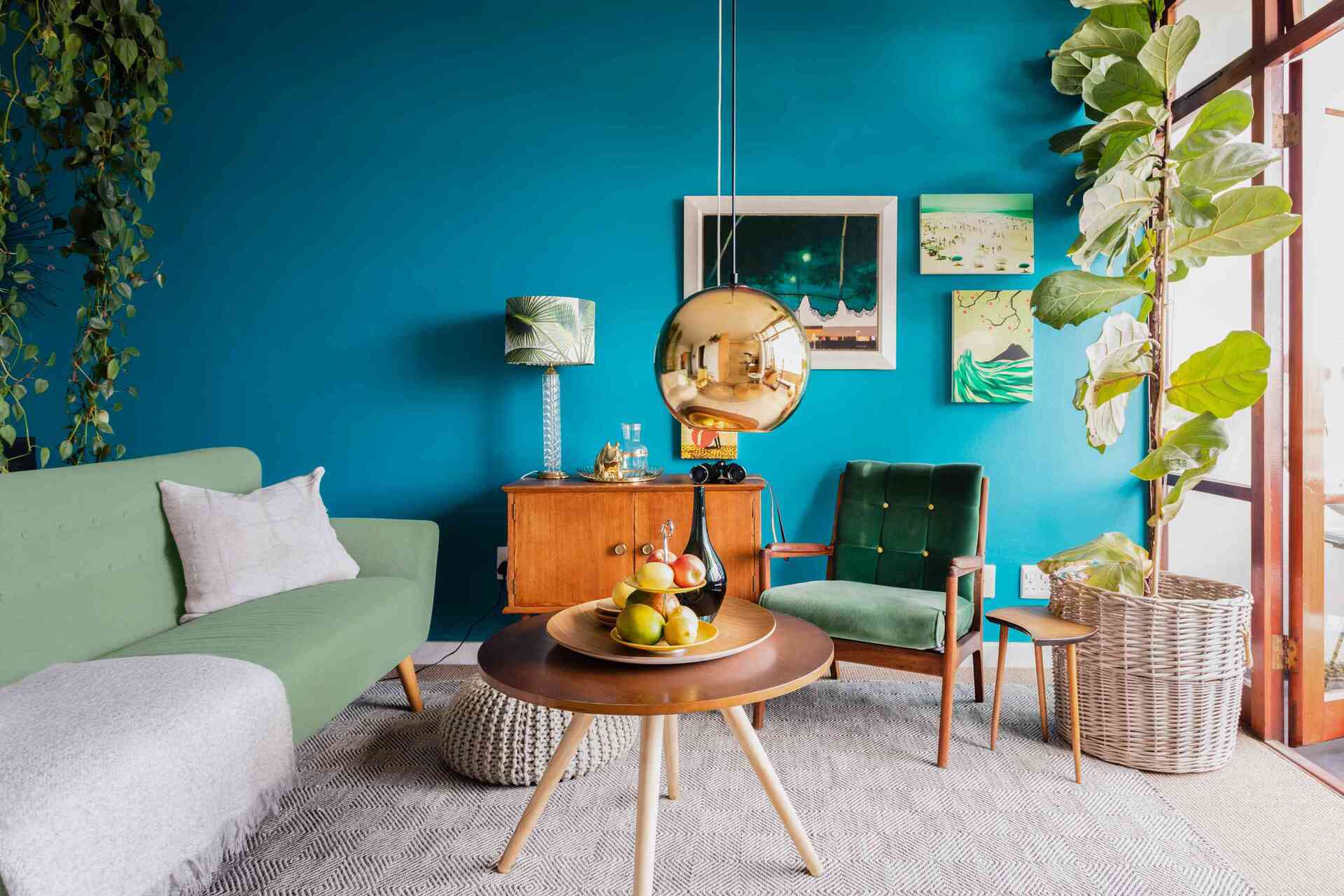
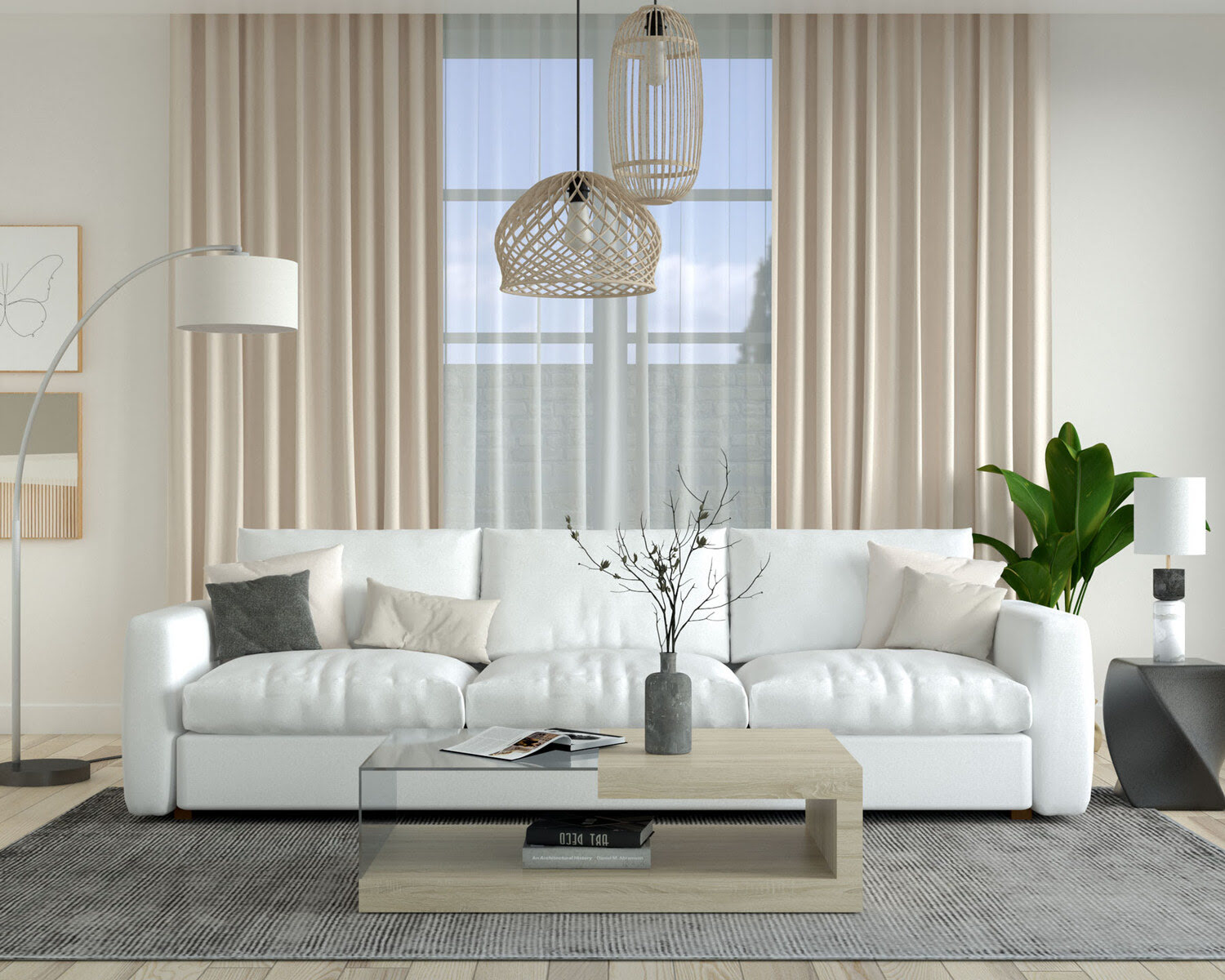
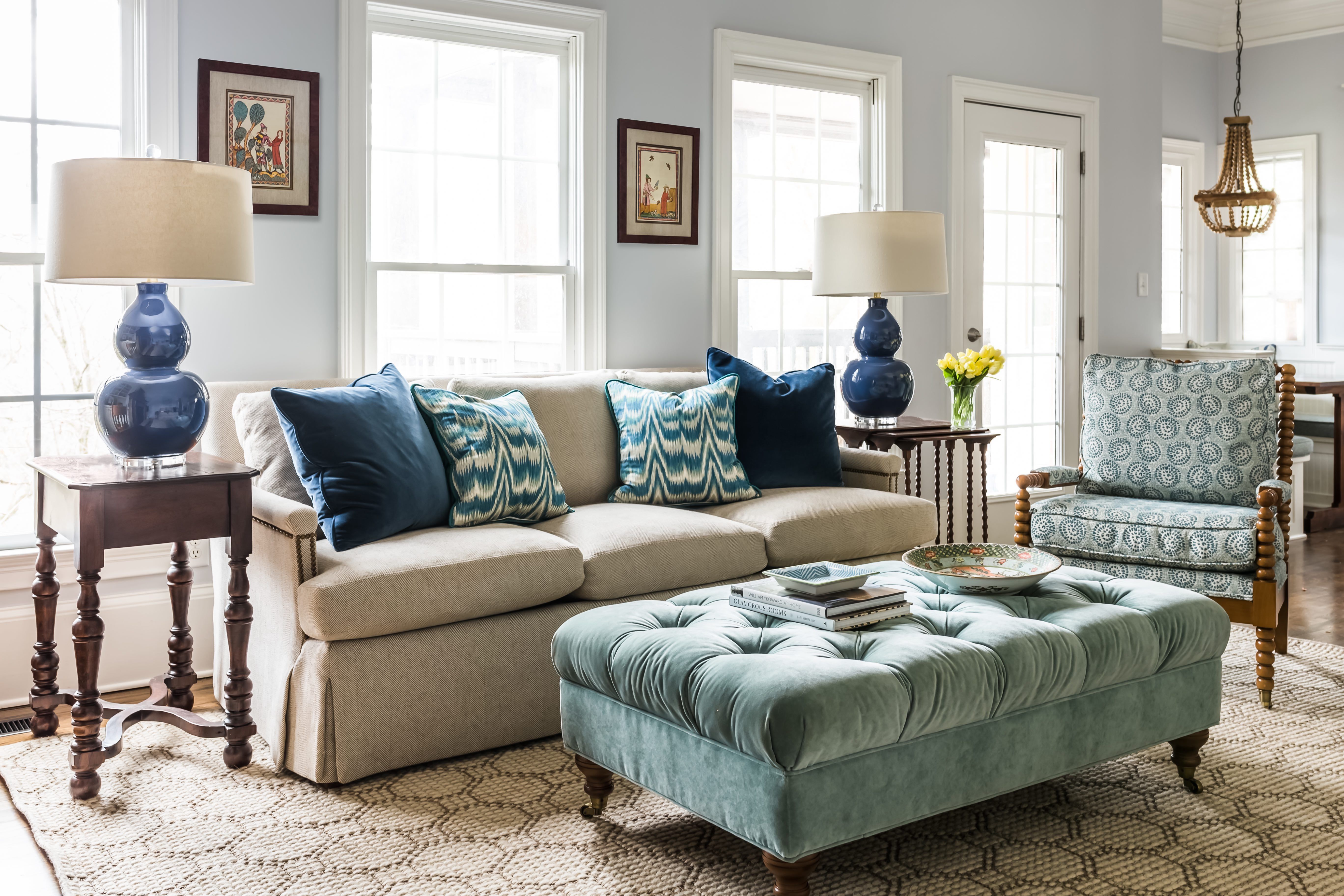
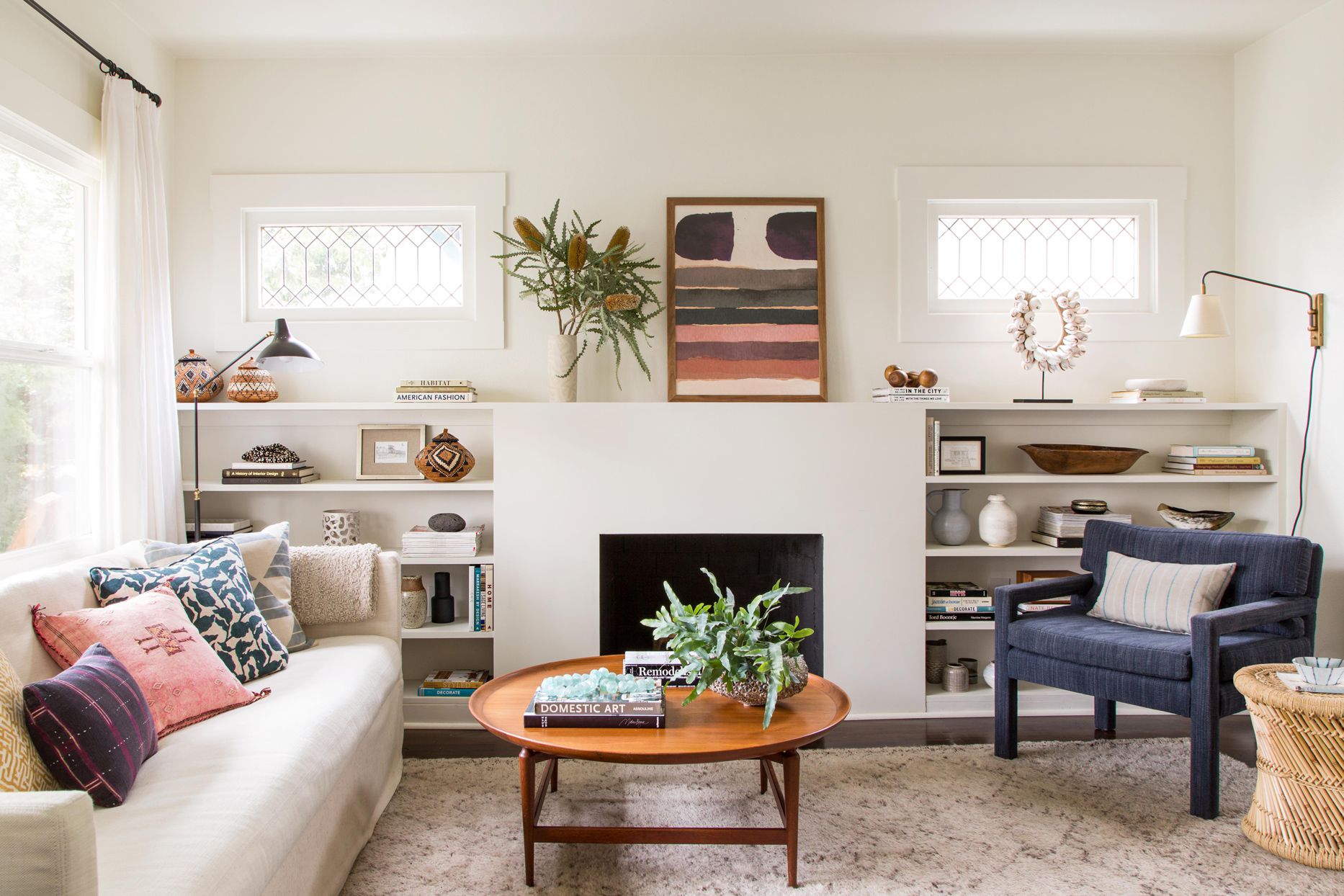
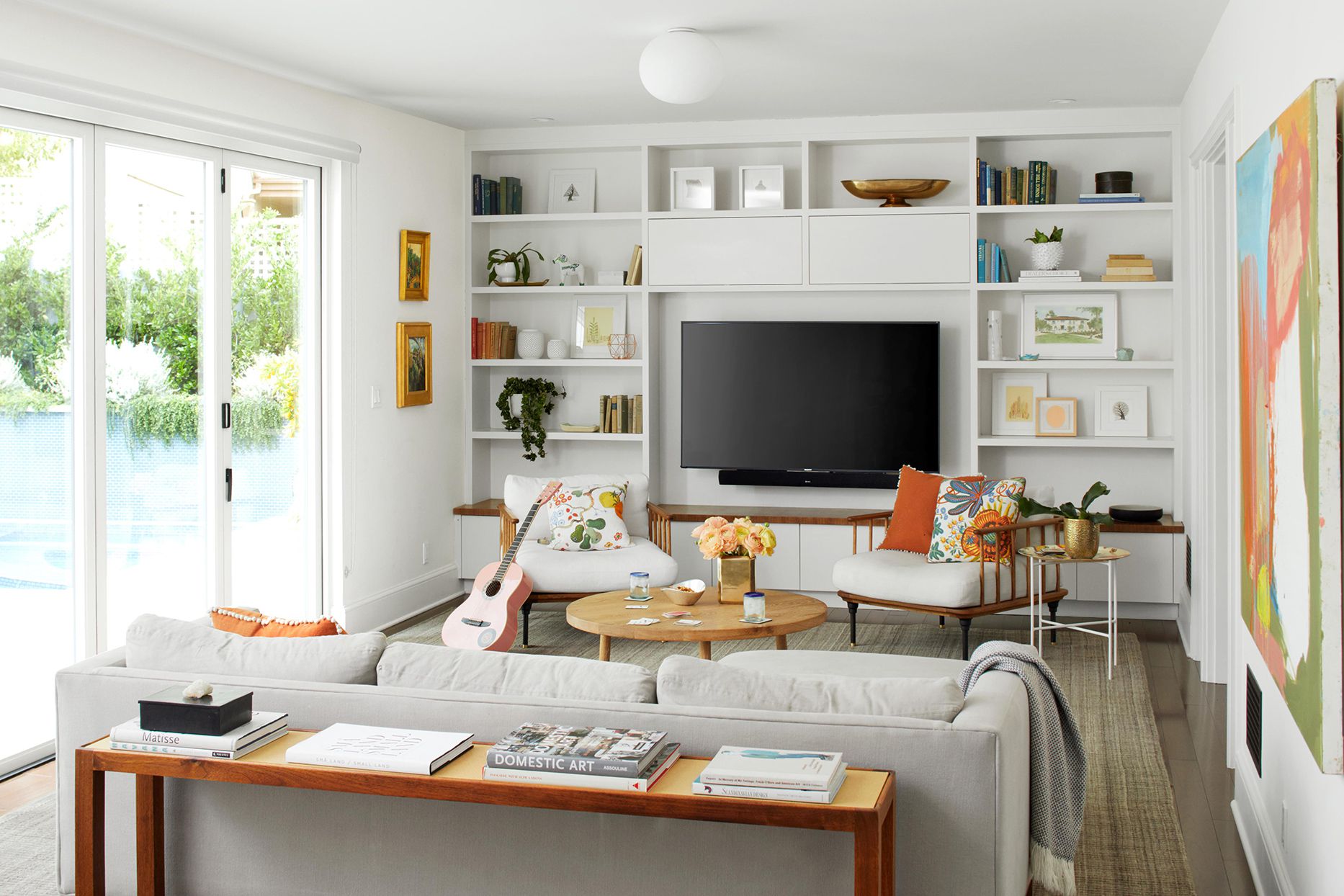
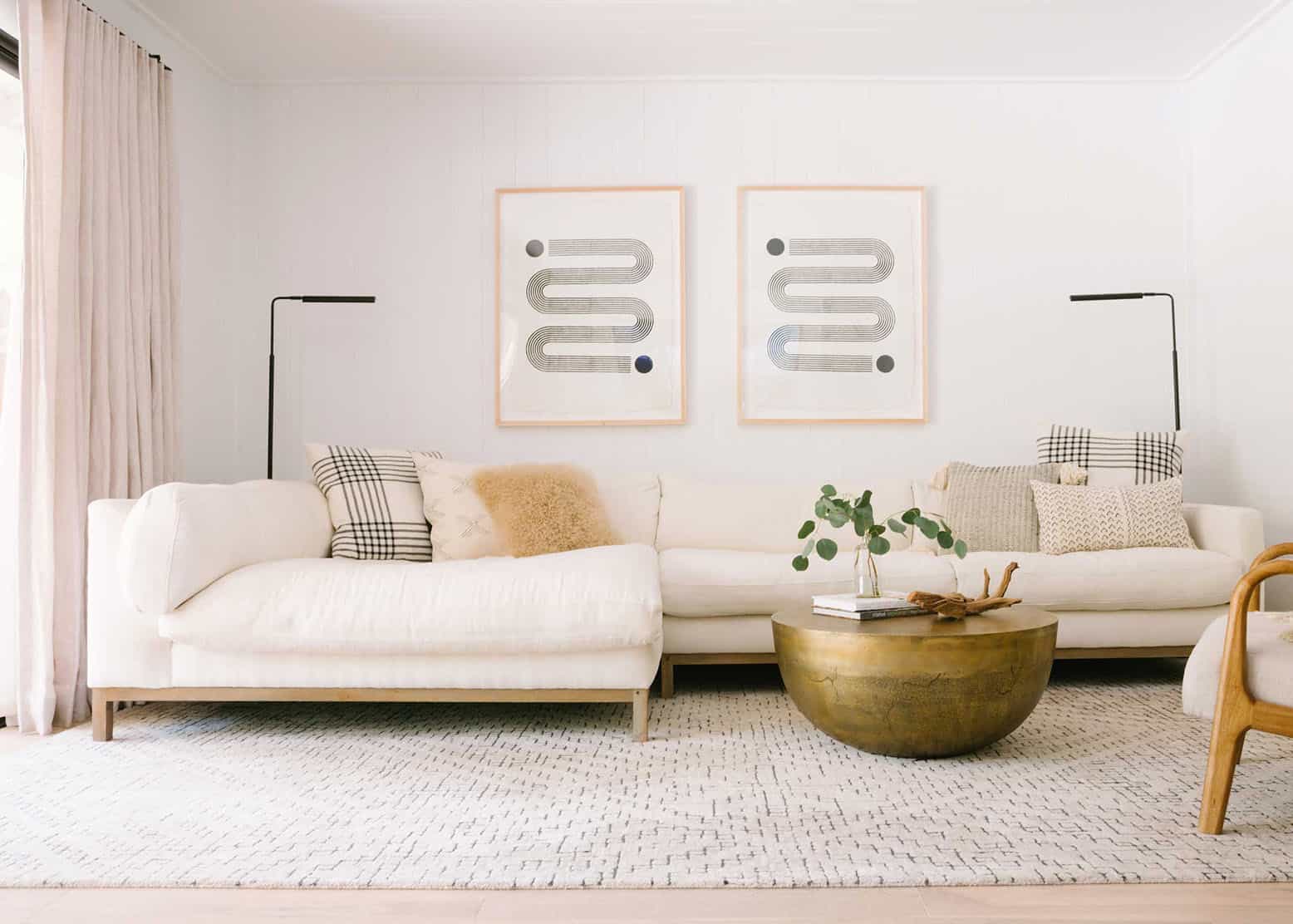
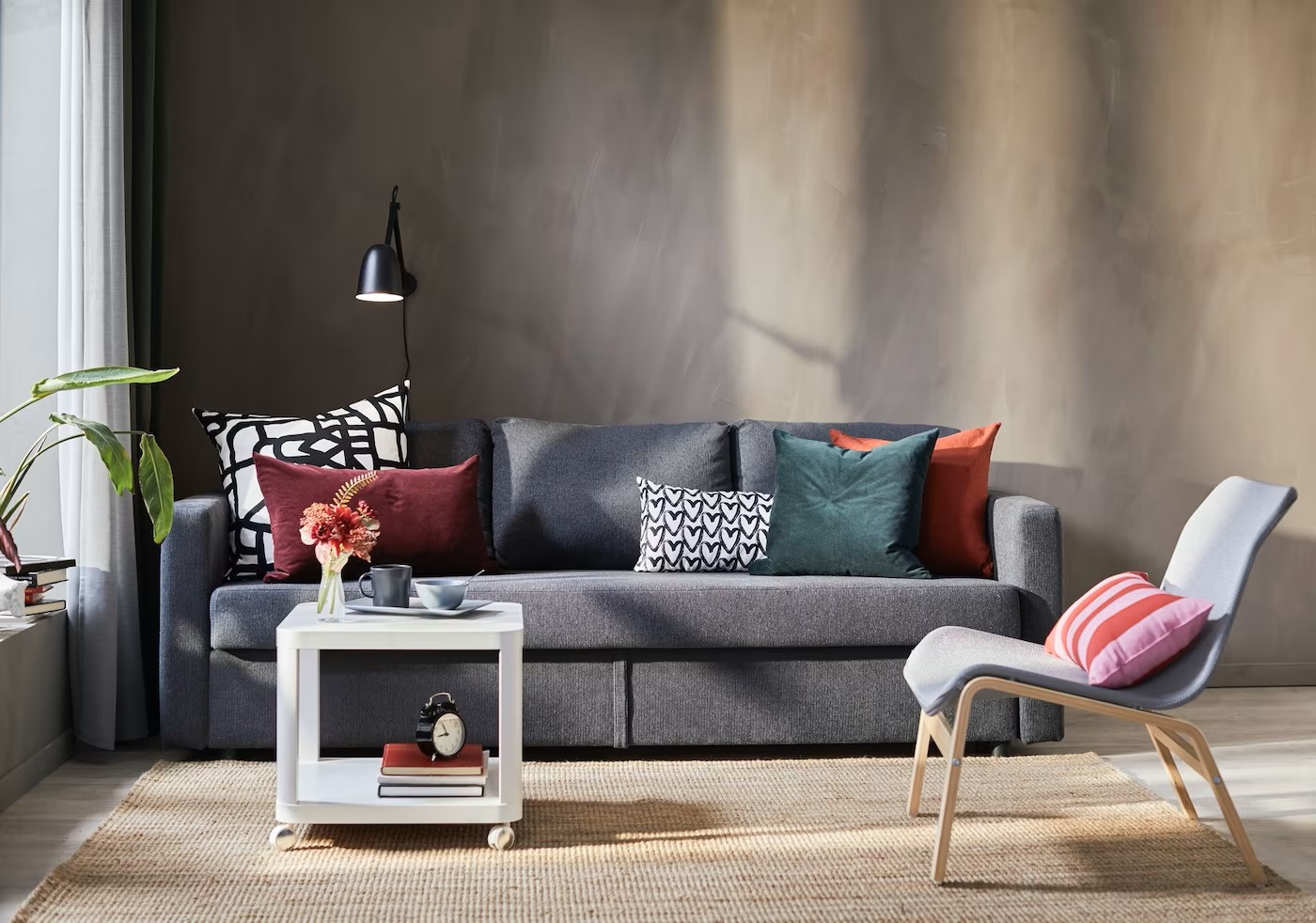
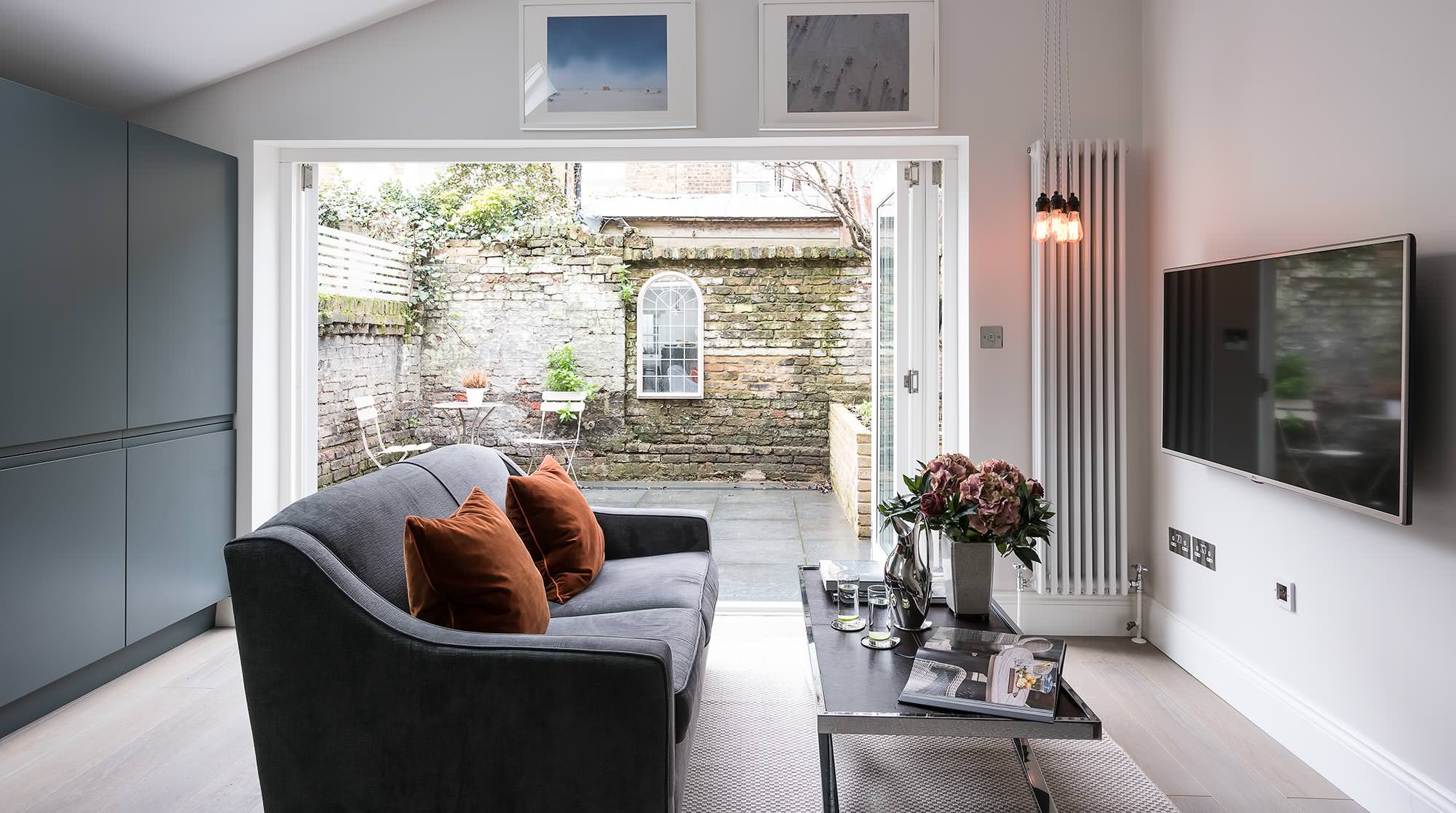
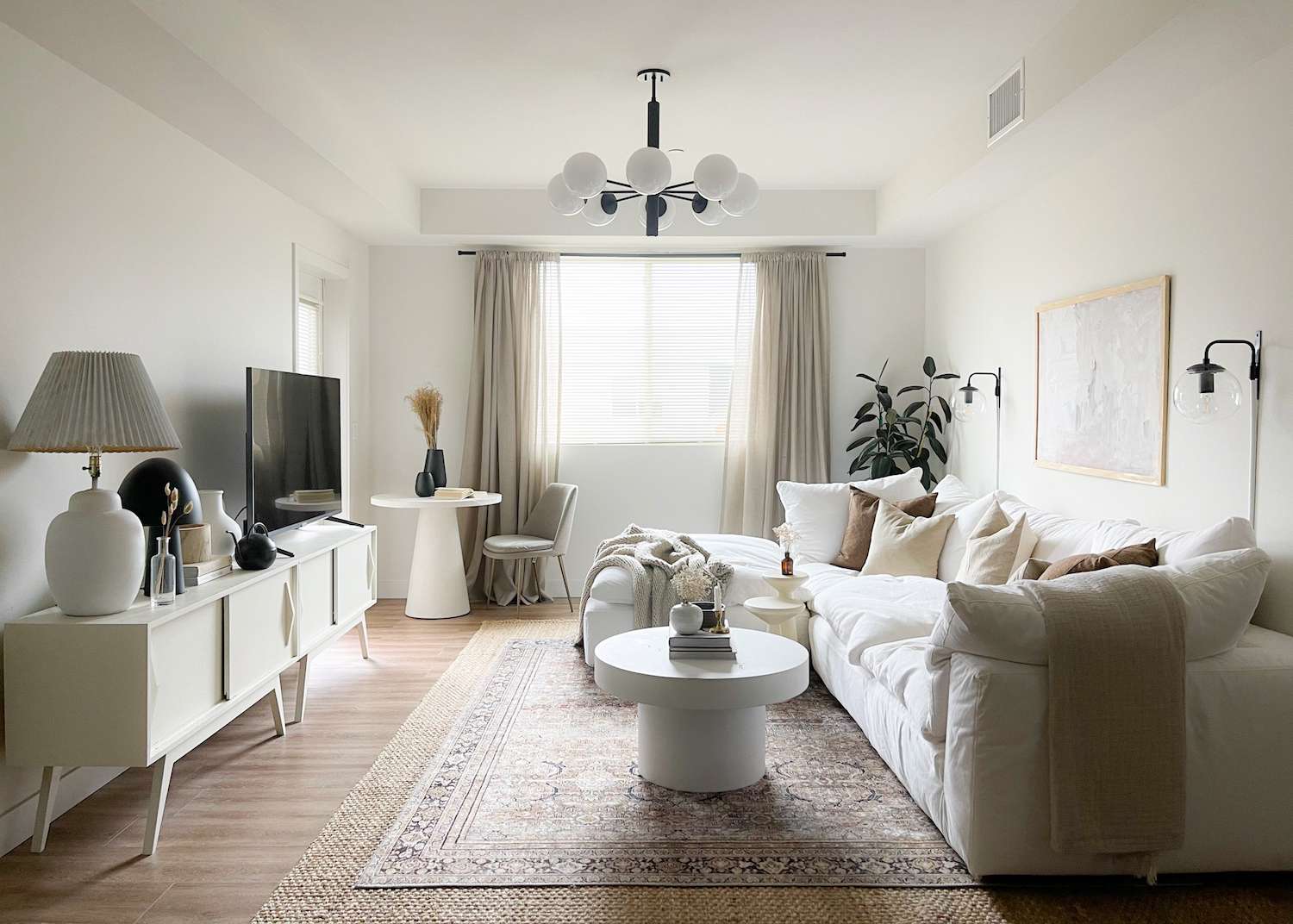
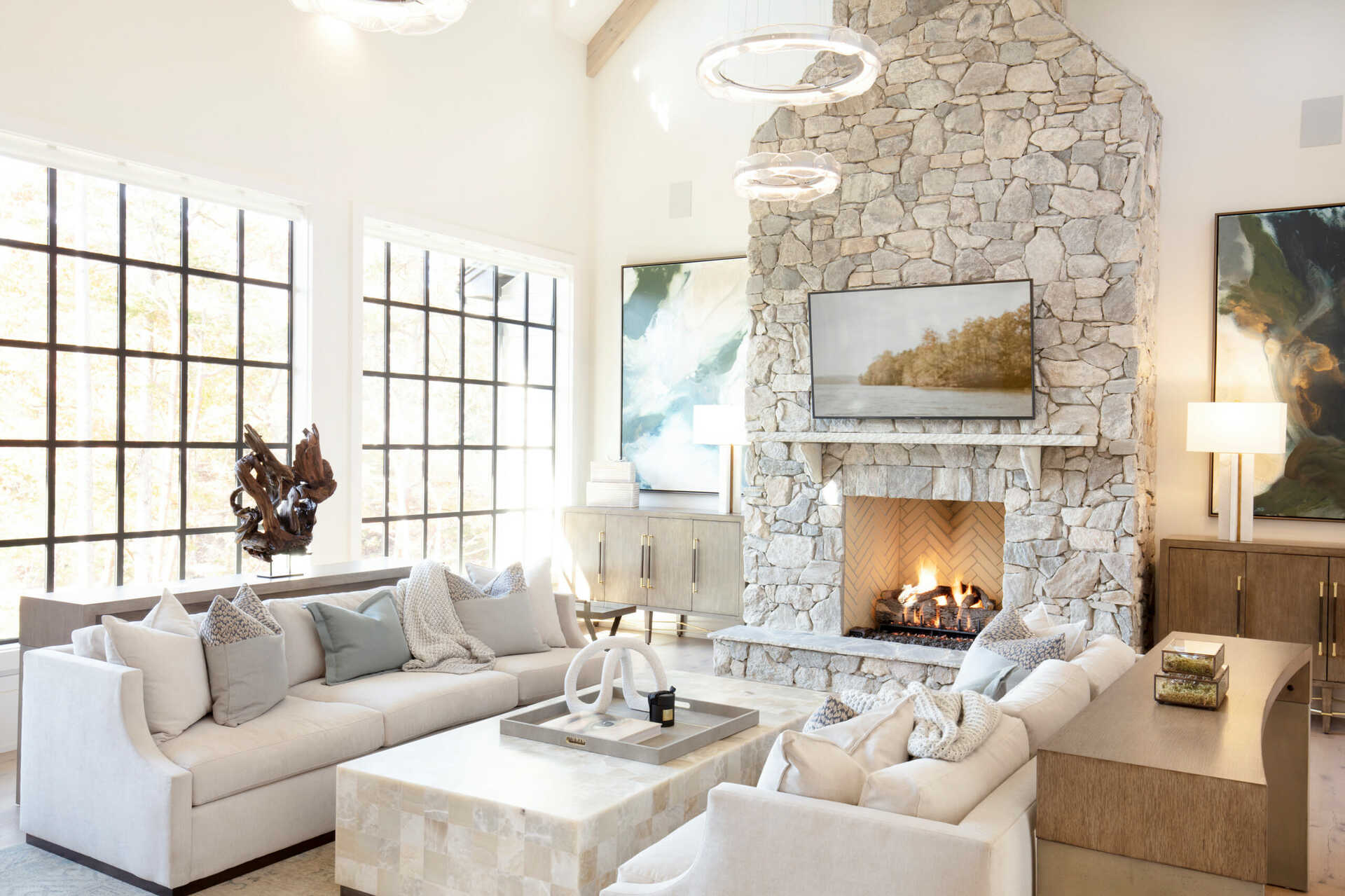

0 thoughts on “How To Choose Living Room Furniture”